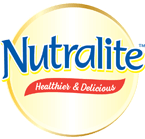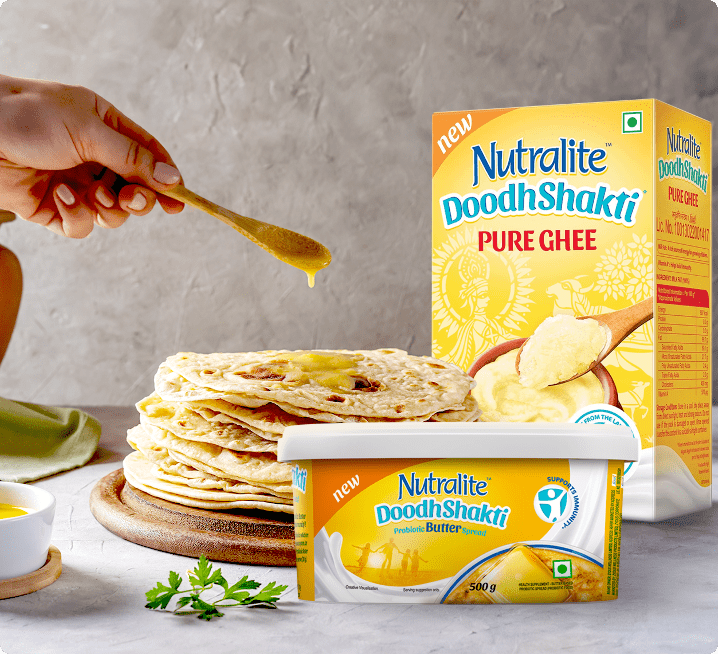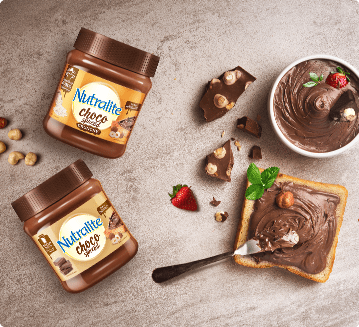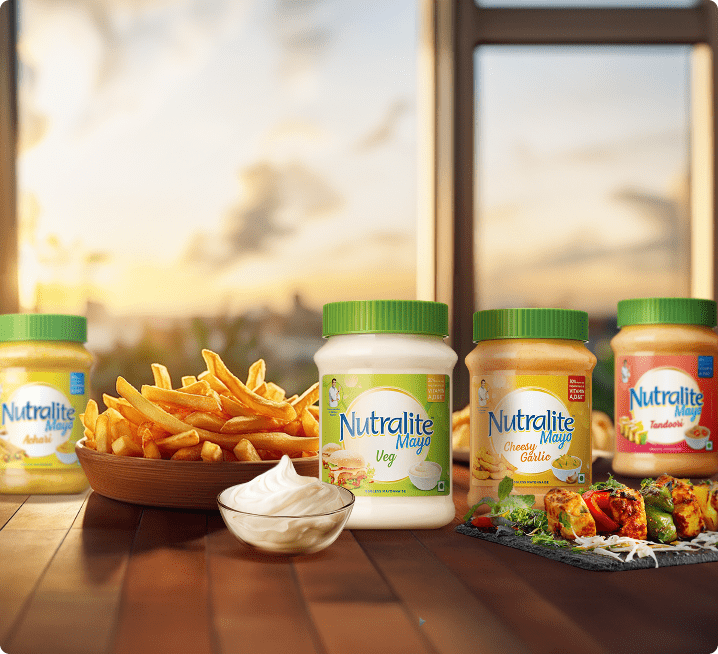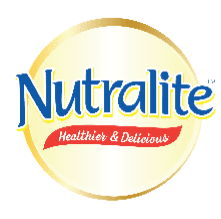Home » Natural Ways to Lower Bad Cholesterol: Foods and Exercise Tips
Natural Ways to Lower Bad Cholesterol: Foods and Exercise Tips
Home » Natural Ways to Lower Bad Cholesterol: Foods and Exercise Tips

Natural Ways to Lower Bad Cholesterol: Foods and Exercise Tips
Increasing cholesterol levels, often linked to sedentary lifestyles and poor eating habits, raises the risk of heart disease. If you’re wondering how to reduce cholesterol by food, start by adopting a diet to decrease cholesterol. Incorporating zero cholesterol foods like fruits, vegetables, and whole grains can significantly lower LDL (“bad” cholesterol) while boosting heart health. Below, we explore practical steps to manage cholesterol through diet, exercise, and lifestyle changes.
What Is Bad Cholesterol?
Cholesterol isn’t inherently harmful—it’s essential for cell function. However, bad cholesterol (LDL) accumulates in arteries, increasing heart attack risks. High LDL levels often stem from diets rich in saturated fats (found in red meat and full-fat dairy) and trans fats (in fried/junk foods). Reducing these fats and opting for lean proteins and plant-based alternatives is key to a bad cholesterol diet.
Best Foods to Reduce Cholesterol
Focus on natural foods to reduce cholesterol, which are rich in fiber, antioxidants, and healthy fats:
- Oats and barley: Soluble fiber binds to LDL, flushing it from the body.
- Nuts and seeds: Almonds, walnuts, and flaxseeds lower LDL.
- Fatty fish: Salmon and mackerel provide omega-3s to reduce triglycerides.
- Avocados and olive oil: Monounsaturated fats boost HDL (“good” cholesterol).
Incorporate these foods to reduce bad cholesterol daily. For example, swap butter with olive oil, snack on nuts, and add oats to breakfast.
Foods to Eat to Reduce Cholesterol
A bad cholesterol diet should prioritize:
- Legumes: Beans and lentils reduce LDL.
- Soy products: Tofu and tempeh lower cholesterol absorption.
- Dark chocolate (70%+): Flavonoids improve heart health.
- Green tea: Antioxidants prevent LDL oxidation.
Avoid processed snacks and fried foods. Instead, try foods to eat to reduce cholesterol like roasted chickpeas or air-popped popcorn for guilt-free snacking.
Lifestyle Changes Beyond Diet
- Exercise: Daily physical activity raises HDL. Aim for brisk walks, cycling, or swimming.
- Quit smoking: Improves HDL within weeks and halves heart attack risk within a year.
- Weight management: Even modest weight loss (5-10%) lowers LDL.
Final Thoughts
Adopting a diet rich in foods to improve cholesterol—like whole grains, nuts, and fatty fish—can transform your heart health. Pair these choices with exercise and smoke-free living for optimal results. Remember, small, consistent changes yield lasting benefits.
Join our Community
to Receive Tasty and Healthier Recipes
http://www.acjournal.org/holdings/vol4/iss1/special/smith.htm
https://www.acjournal.org/holdings/vol5/iss1/reviews/klien.htm
http://acjournal.org/holdings/vol5/iss2/special/lucas.htm
http://www.acjournal.org/holdings/vol3/Iss3/rogue4/millward.html
https://fineline.uk.com/modelmaking/
https://yvonnedme.com/premier-bet-zone-mobile/
https://navesa.com.br/politica-de-privacidade/
https://novosolhares.ibase.br/
https://lyon.snuep.fr/category/mutations/intra/
https://cucgachcafe.com.vn/luong-minh-phuong-la-ai/
https://www.eral-tribune.fr/lagence/
https://smartcount.ict.ihu.gr/
https://vivo500-joker-lonely17.pages.dev/
https://www.satisfactory.life/contacto/
https://www.booksarepopculture.com/
https://tunaskaryajakarta.sch.id/
https://www.visitasguiadastui.com/contacto/
https://www.vizgraphics.com/showcase/
https://jdi.ac.ug/application/
https://www.kiadesivo.com.br/contato/
https://www.kiadesivo.com.br/obrigada-pela-compra/
https://www.kiadesivo.com.br/politica-de-privacidade/
